Take Control of Your Business's Future.
Create Your Continuity Plan.
Step #3: The Time is Now
Make Sure That Your Business Survives If You Do Not
The thought of what will happen to our businesses should we die, is at most, fleeting. At that moment, we seldom think beyond making sure our families are protected should the unthinkable happen. Yet, in its most fundamental sense, business continuity has nothing to do with protecting an owner’s family. It is about preserving and protecting the business both for the short and long term, which is the most crucial component if its owner dies or otherwise becomes incapable of continuing in the company.
Continuity is planning for the unexpected so that family and employees are taken care of in the event of an owner’s unplanned accident or illness.
Continuity Issues:
Ownership continuity is the most major problem facing a company, but it is one of three possible continuity problems:
Continuation of ownership
Company’s loss of financial resources
Company’s loss of key talent – the owner – and the cascading effect on employees and customers
How to Prepare
Business-continuity issues can be divided into two camps: those that occur while the owner is alive and those that arise upon the owner’s death or disability. In the case of transfers during an owner’s lifetime, you have the luxury of time to find and train your replacement. This is not so in the case of death. Your company must have ongoing management and adequate cash (almost al-ways subsidized by insurance on your life) to survive. A failure to plan for business continuity can irreparably damage your business’ sale value and prevent you from exiting in style.
Continuity of Ownership for Co-Owners:
The most obvious business continuity issue is: who will succeed you in ownership? If you co-own your company, an up-to-date, adequately funded, buy/sell agreement that completely addresses all possible transfer issues can solve this problem. Please pay careful attention to all of the qualifiers in that last sentence.
First: “Up-to-date" means that the agreement reflects the current value and structure of your business. It also means that you and your co-owners don't sit down once, discuss continuity, and shove the resulting agreement in a bottom drawer never to be removed again.
Second: “Adequately funded" means that one of your advisors has analyzed what the company's financial needs would be in your absence and has ensured that adequate funding is in place.
Third: Your agreement must fully address the below list of "possible transfer issues."
Possible Transfer Issues List
Death
Disability
Transfer to a Third Party
Termination of Employment
Retirement
Involuntary Transfer Due to Bankruptcy or Divorce
Business Dispute Among Owners
Continuity of Ownership for Sole Owners
If you have no co-owner, your ability to ensure continuity of ownership in the future depends on your ability to create and to implement a continuity plan today. Vital to that plan is the involvement of your key employees. You must create a plan that motivates your important employees to stay with your company even though you do not. One of the best ways to accomplish this goal is to create a stay bonus plan.
A stay bonus is a written, funded plan providing monthly or quarterly bonuses and salary guarantees, usually over a twelve- or eighteen-month period for employees who remain with the company during its transition from your ownership to new ownership. (New ownership may be a third party, a transfer to employees, or a continuation by family members.) The stay bonus provides a cash incentive for your important employees to stay, hence its catch name.
The stay bonus plan is typically funded with life insurance sufficient to pay the employee bonuses over the specified timeframe. You must tell essential employees that you’ve put a stay bonus plan in place so that they know you’ve put thought, planning, and money to pay salaries to ensure the company’s survival!
Working with us to complete a "Business Continuity Instruction Form" is a great way to organize and communicate your thoughts about continuity.
Completing a "Business Continuity Instruction Form" is a great way to organize and communicate your thoughts about continuity
Download a Business Continuity Form Here
What Our Contractors Say
“I met David at the International Builder Show in Las Vegas. I had been working with a coach prior to our meeting. After conversing with David, I decided to make a change with my investment regarding coaching. David and his team really helped me to identify what tools I needed and how to implement them into my existing processes in order to make my business truly scalable. We have grown our business and at the same time, have lessened my personal workload. David has helped me identify my business and personal goals. He also has fully assisted me in creating the roadmap and put us firmly on our road to greater success. In choosing David, I believe it has been one of my wiser decisions I have made in my career.”
Craig Mogel, Germania Construction


